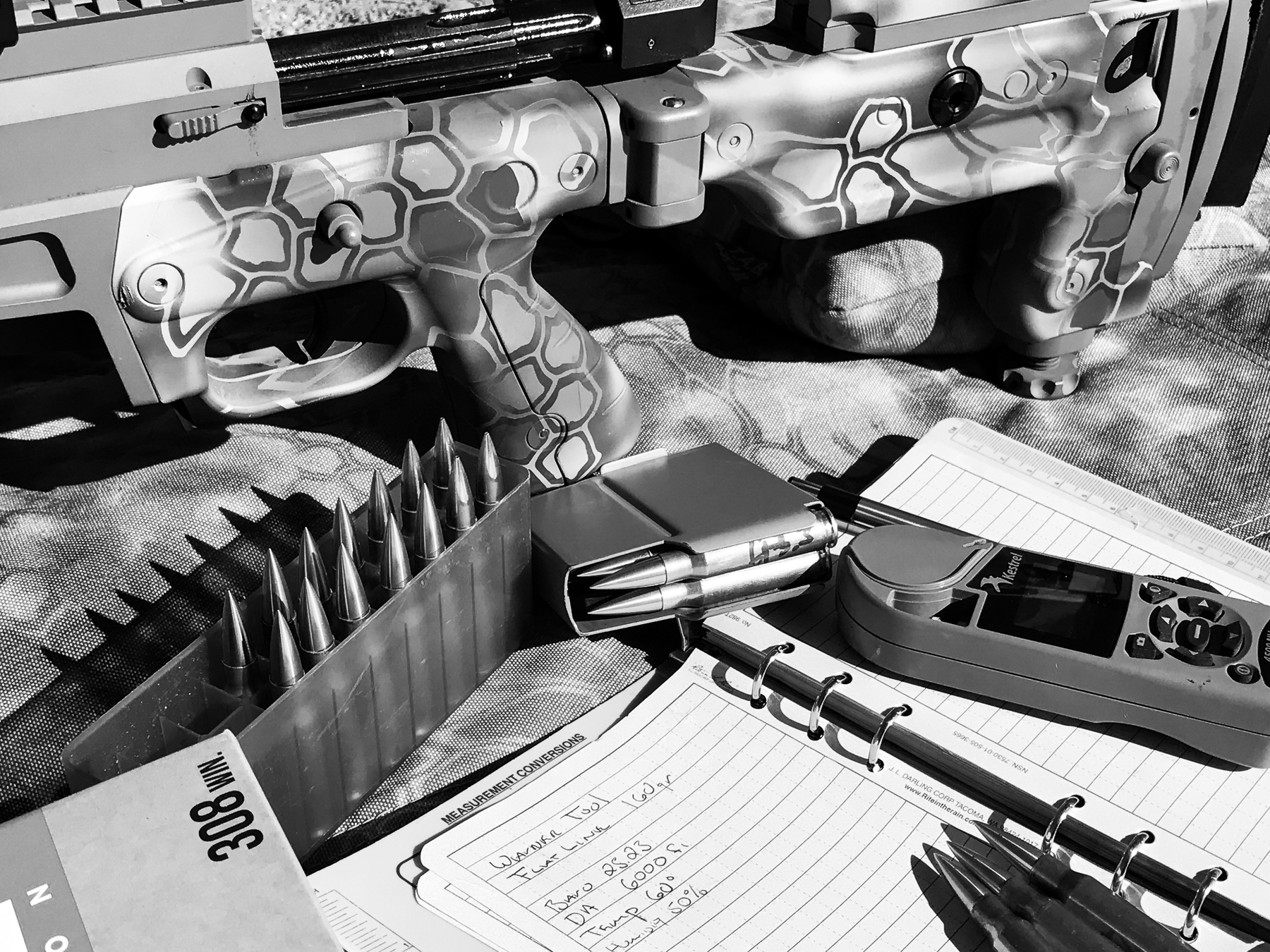In long-range shooting, understanding what affects accuracy at different distances can feel like cracking a code for the first time. Time of Flight (TOF)—the time it takes for a bullet to reach the target—is a critical factor in this equation. Different aspects of performance that we look for as shooters with goals appear in different phases of this time lapse. Important metrics such as group size, initial velocity and BC, as well as Extreme Spread (ES), play bigger or smaller roles. All can be viewed as part of the Time of Flight spectrum.What works at shorter ranges doesn’t always hold up at longer distances. It’s not that the rules change, but the way those rules interact with time and distance shifts. Think of it like a wheel: as the bullet travels farther and Time of Flight increases, different parts of the wheel come into focus. Let’s break it down step by step.
At 1.5 Seconds Time of Flight: ES and Velocity win...
Continue reading...



